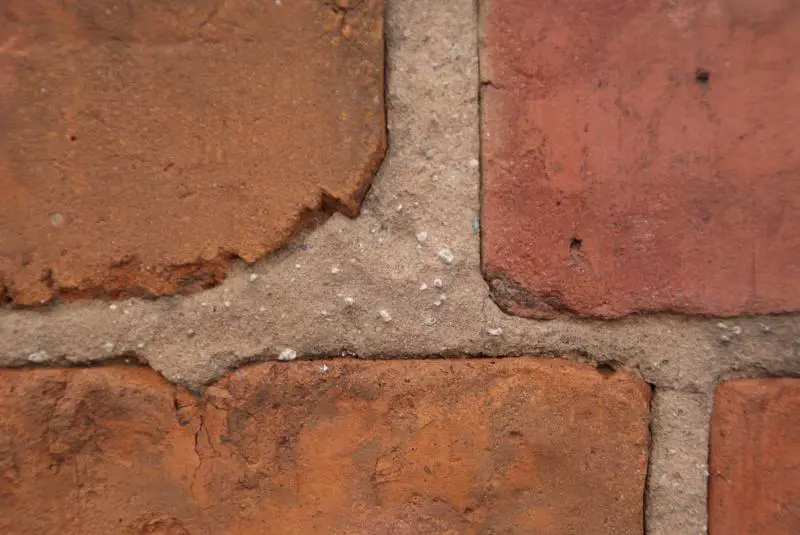1. Do as your list proposes.
2. Do not go near any waterproofing agent, it will only cause further difficulties down the line.
3. Ignore the technicalities of DPC injection. Render the interior walls, including the fireback and cheeks with a 4-1-1 mix to 1M height.
4. Your floor will need excavating and renewing - research on here, installing a solid floor. Remember that your FFL must match the adjoining FFL(s). Any perished brickwork revealed, should be replaced, one or two at a time.
note: your gable brickwork is a lovely soft brick that will look terrific on summer evenings, it will glow, and be well worth all the trouble.
2. Do not go near any waterproofing agent, it will only cause further difficulties down the line.
3. Ignore the technicalities of DPC injection. Render the interior walls, including the fireback and cheeks with a 4-1-1 mix to 1M height.
4. Your floor will need excavating and renewing - research on here, installing a solid floor. Remember that your FFL must match the adjoining FFL(s). Any perished brickwork revealed, should be replaced, one or two at a time.
note: your gable brickwork is a lovely soft brick that will look terrific on summer evenings, it will glow, and be well worth all the trouble.



